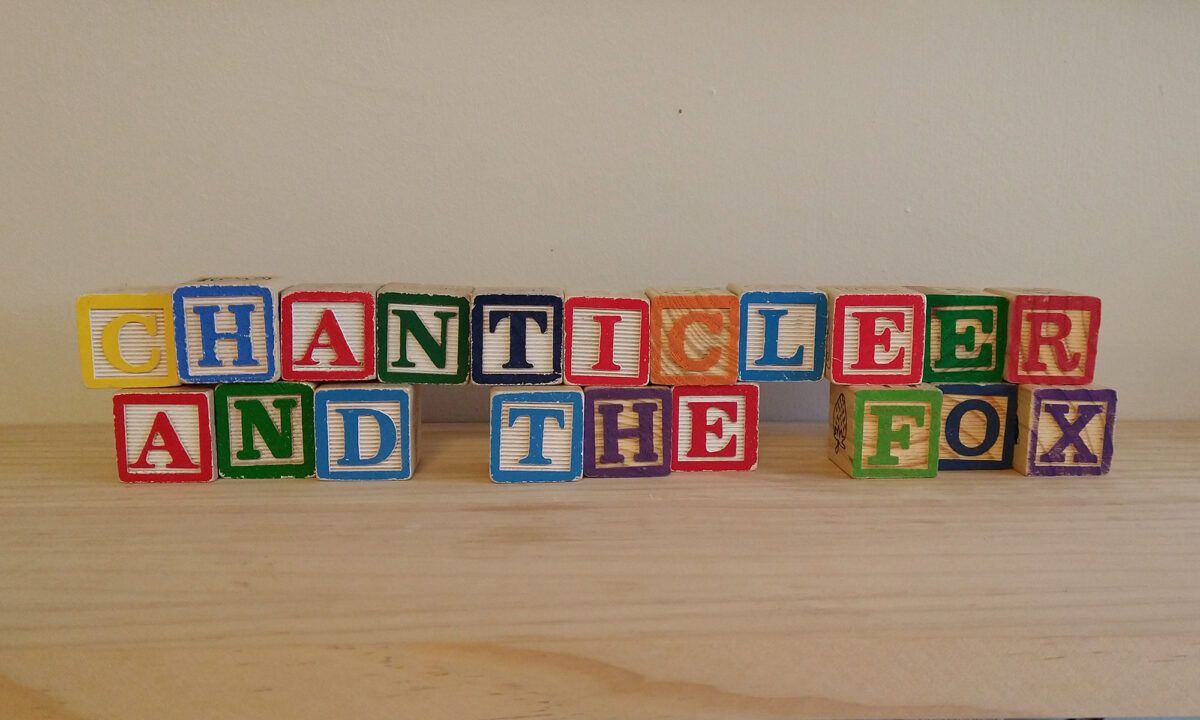Chanticleer and the Fox is a Caldecott Medal winning book by Barbara Cooney. It was published in 1958, but it has a long family tree stretching back all the way to Aesop’s Fables. Adapted from “The Nun’s Priest’s Tale” from The Canterbury Tales by Geoffrey Chaucer, this story tells of how the rooster Chanticleer managed to outwit a hungry fox and literally save his own neck. The book is also an excellent example of how illustrations can serve as historical fiction.
Every image in the book is rich with depictions of everyday life in Chaucer’s day — 14th century England — and Cooney carefully avoided including any anachronistic items that would confuse children’s understanding of what the past looked like.
You can use Chanticleer and the Fox to teach children of all ages about the 14th century. The construction of houses and outdoor structures, gardening and farming, cooking and eating, and even clothing are all depicted accurately.
Activity: Introduce Anachronisms
Teach children about the word “anachronism.” It comes from Ancient Greek and is made up of the parts “ana,” meaning “against,” and “kronos,” meaning “time.” So words like “anachronous” or “anachronistic” refer to something that doesn’t belong in the time period being depicted. Chanticleer and the Fox does an excellent job of avoiding anachronisms, but children can create a list of items that would be out of place had they been included in any of the pictures. This activity will help them begin to be more observant of works of literature and art that portray the past, analyzing them for their accuracy.

